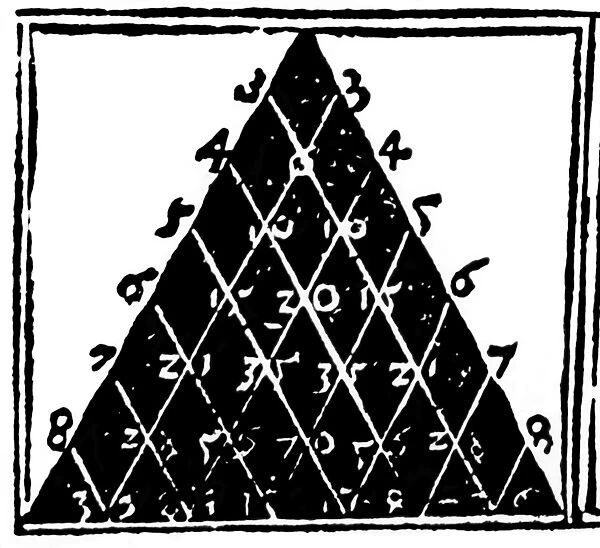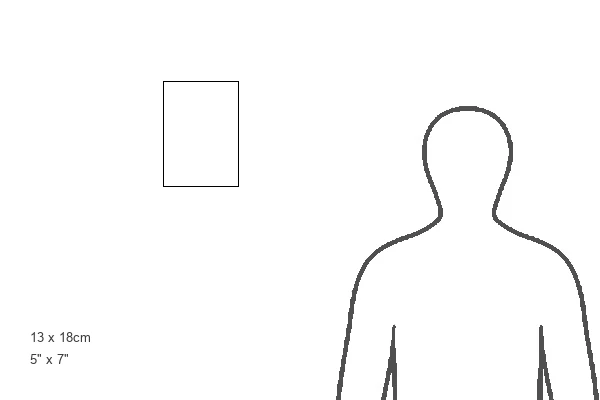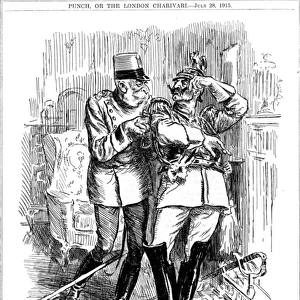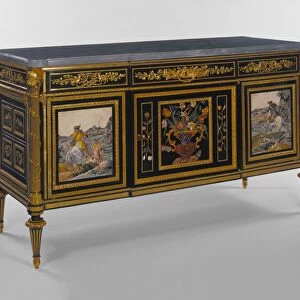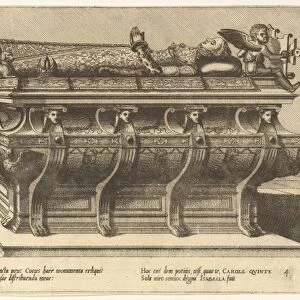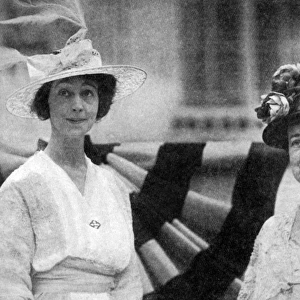Greetings Card : Petrus Apianuss Pascals Triangle, 1527
![]()

Cards from Science Photo Library
Petrus Apianuss Pascals Triangle, 1527
Early Pascals Triangle. Appearing on the title page of Kauffmans Rechnung (Ingolstadt, 1527) by the German scholar Petrus Apianus, this is the first known publication of what would later be known as Pascals Triangle. The property of the triangle is that each number is the sum of the two numbers directly above it. The standard triangle has the number 1 at the apex, whereas this one has the sequence of natural numbers running down its sides. This triangular construct was known to earlier mathematicians, but it was most thoroughly investigated by the French mathematician Blaise Pascal (1623-1662), who showed that it could be used to determine the co-efficients of a binomial series. For the full title page, see V560/007
Science Photo Library features Science and Medical images including photos and illustrations
Media ID 6467973
© DR JEREMY BURGESS/SCIENCE PHOTO LIBRARY
1500s 16th Century Addition Arithmetic Binomial Theorem Book Construct Diagram Early Form Formula Geometrical Geometry German History Of Science Mathematical Mathematics Maths Number Precursor Published Pyramidal Theory Triangle Triangular 1520s 1527 Apianus Blaise Pascal Forerunner Ingolstadt Mono Chrome Petrus Apianus
Greetings Card (7"x5")
Introducing our enchanting collection of greeting cards from Media Storehouse. This series showcases the timeless beauty of science history with a captivating image of Petrus Apianus's Pascals Triangle, as it appeared on the title page of his groundbreaking mathematical publication, "Kauffmans Rechnung," published in 1527. Delve into the intriguing world of early mathematics and share this stunning piece of scientific heritage with your loved ones. These high-quality cards are perfect for any occasion, allowing you to send a thoughtful and unique message while celebrating the rich history of scientific discovery.
Folded Greeting Cards (12.5x17.5 cm) have a laminate finish and are supplied with an envelope. The front and inside can be personalised with text in a selection of fonts, layouts and colours.
Greetings Cards suitable for Birthdays, Weddings, Anniversaries, Graduations, Thank You and much more
Estimated Product Size is 12.5cm x 17.5cm (4.9" x 6.9")
These are individually made so all sizes are approximate
Artwork printed orientated as per the preview above, with landscape (horizontal) or portrait (vertical) orientation to match the source image.
EDITORS COMMENTS
This print showcases Petrus Apianus's early version of Pascal's Triangle, dating back to 1527. Featured on the title page of Kauffmans Rechnung, a book by the German scholar, this publication marks the first known appearance of what would later be recognized as Pascal's Triangle. The triangle itself is a geometric construct with each number being the sum of the two numbers directly above it. While earlier mathematicians were aware of this triangular pattern, it was Blaise Pascal, a French mathematician from the 17th century, who extensively studied its properties and demonstrated its application in determining coefficients for binomial series. In this historical illustration, we see that unlike the standard triangle which starts with 1 at its apex, Apianus chose to depict natural numbers descending along its sides. This artistic representation provides insight into how mathematical concepts were visually conveyed during that era. The significance of this work lies not only in its contribution to mathematics but also in tracing the development and evolution of scientific knowledge throughout history. As an important precursor to modern mathematical theories and formulas such as binomial theorem, Petrus Apianus's triangle serves as a testament to humanity's continuous pursuit of understanding and unraveling complex patterns within our world. This thought-provoking image offers us a glimpse into both ancient mathematical practices and their enduring influence on contemporary science.
MADE IN AUSTRALIA
Safe Shipping with 30 Day Money Back Guarantee
FREE PERSONALISATION*
We are proud to offer a range of customisation features including Personalised Captions, Color Filters and Picture Zoom Tools
SECURE PAYMENTS
We happily accept a wide range of payment options so you can pay for the things you need in the way that is most convenient for you
* Options may vary by product and licensing agreement. Zoomed Pictures can be adjusted in the Cart.



